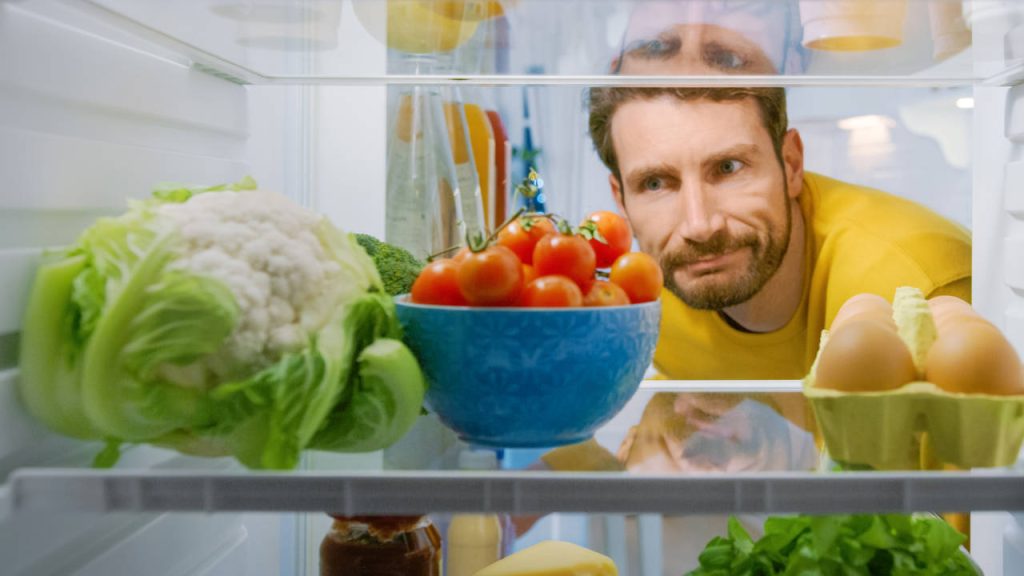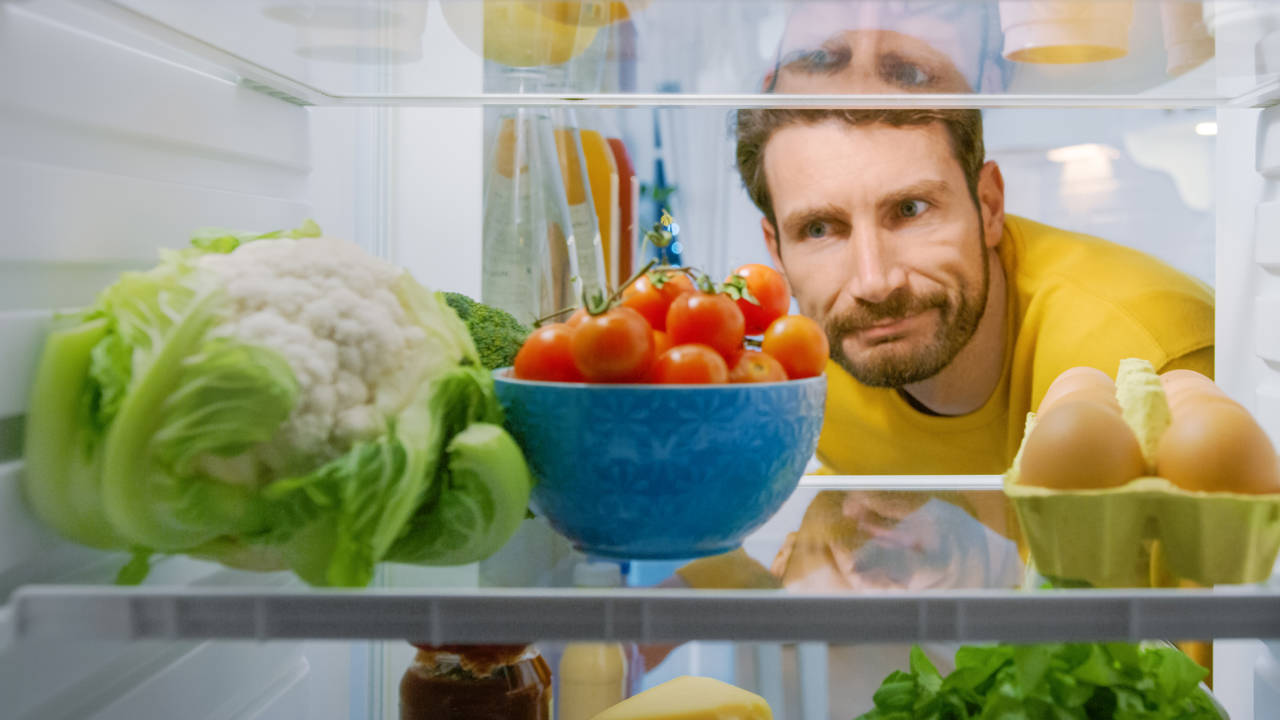If you store food properly, you’ll get more flavor and they’ll last longer. The following tips will help you avoid common mistakes and keep your food stored optimally.

In Spain around 7.7 million tons of food end up in the trash. Consumers are also to blame for this, we ourselves cause about half of all food waste.
We buy too much, we are not sure of the expiration date and we store food incorrectly so they spoil more quickly.
Storing food properly not only helps maintain nutrients and flavor, but also helps reduce food waste.
1. TOMATOES
Tomatoes lose their aroma in the fridge and can even mold faster. It is better to keep them in a cool room (for example, basement or pantry), a temperature of around 15 degrees is ideal.
If you don’t have a room with those conditions, storing tomatoes at room temperature makes more sense than in the refrigerator. By the way, this also applies to some other vegetables with a high water content, for example, cucumbers, peppers, zucchini and eggplants.
But be careful, in order for tomatoes to have a long shelf life, it is better not to store them next to apples, unless you want them to ripen faster.
2. BANANAS AND APPLES
As beautiful as a colorful fruit bowl looks, it is better not to store (ripe) bananas and apples together.
Bananas turn brown faster than apples, as apples emit ethylene, the ripening gas, and bananas are sensitive to it. Ethylene accelerates ripening and causes other fruits to spoil more quickly. By the way, pears and tomatoes also emit ethylene.
Because ripe bananas emit a particularly large amount of ethylene, they should always be stored separately from other fruits and vegetables, ideally hung, as they bruise easily in the fruit bowl. They definitely do not belong in the refrigerator: bananas quickly turn brown there.
3. CHEESE
Cheese should not be wrapped in plastic and/or stored tightly. It will resist better if you keep it in air-permeable packaging, for example, on a slightly dampened cloth or on waxed paper.
Many cheese merchants at the weekly market wrap cheese in wax paper or may put it in a container you’ve brought. In the supermarket, you can usually only buy it wrapped in plastic.
4. LEMONS
Lemons and other citrus fruits such as oranges and tangerines do not tolerate cold, so you should not store them in the refrigerator. At room temperature and stored without a bag they stay fresh longer.
Even cut lemons can be kept for a week at room temperature. It is best to place them on a plate with the side cut up so that it can form a thin membrane and does not get moldy.
5. MUSHROOMS
In the supermarket, mushrooms are usually bought in plastic trays. But they will do better if at home you keep them at home in the refrigerator in paper bags or wrapped in a tea towel. Mushrooms must be able to “breathe”, in airtight plastic containers they quickly get wet and spoil.
In addition, it is better not to store mushrooms in the immediate vicinity of odorous foods, as they can absorb foreign odors easily.
In any case, it is advisable to consume the mushrooms quickly, because on average they will not last fresh more than a few days.
6. STRAWBERRIES
If you plan to eat strawberries on the same day of purchase, it’s best to store them at room temperature during that time. Since water deprives the fruit of its aroma, wash it just before eating.
In addition, you should always cut off rotten areas immediately. Otherwise, mold will spread quickly due to its high water content.
Strawberries can be kept for up to two days in the vegetable compartment of the refrigerator. For this it is important that you keep the strawberries in the refrigerator without washing.
You can put the strawberries in a large colander so that they receive enough air. To absorb excess liquid, you can put kitchen paper or an old tea towel underneath.
7. BREAD
Apart from the fact that it is better not to buy bread from the supermarket wrapped in plastic, you have to know that bread is best preserved when stored in a container that is permeable to air.
Hermetically packed in plastic, it quickly begins to mold. Supposedly outdated bread boxes, therefore, make perfect sense. Clay pots with holes are ideal, as the bread stays fresh longer in them.
8. FOOD SCRAPS
Many people cover leftovers from dinner or cover fruits and vegetables with cling film and then store them in the refrigerator until the next day.
This is a completely unnecessary plastic waste. Just as easily you can store those leftovers in reusable and sealable containers, for example, stainless steel or glass lunch boxes, or even in old glass jars with screw caps.
So, you can take the remains of the food well packed, for example, as a finished lunch to go to work. This also saves waste.
9. CANS
It is better not to put open cans in the refrigerator, from white metal cans can detach tin that can migrate to food.
Most cans are now coated with plastic inside, but this coating is also criticized for the questionable BPA they often contain.
It is safer to transfer the contents of the opened can to a reusable and sealable container, for example, to a clean, empty jar with a screw cap.
10. RADISHES
If stored correctly, radishes stay fresh and crispy for much longer. They belong to the vegetable drawer of the refrigerator, where they will last at least three days.
You should cut the leaves and roots beforehand, this prevents the water stored in the tubers from entering the leaves and keeps the radishes crispy longer. It is best to store radishes in a container or wrapped in a damp cloth.
In addition, radish leaves do not have to be thrown away. True, this advice does not directly belong to the category of “storing food”.
But it also helps to avoid food waste, radish leaves, carrot and kohlrabi are edible and tasty. They can be used in salads, soups, vegetable stir-fries, as a filling for canerlones or lasagna or as pesto.








